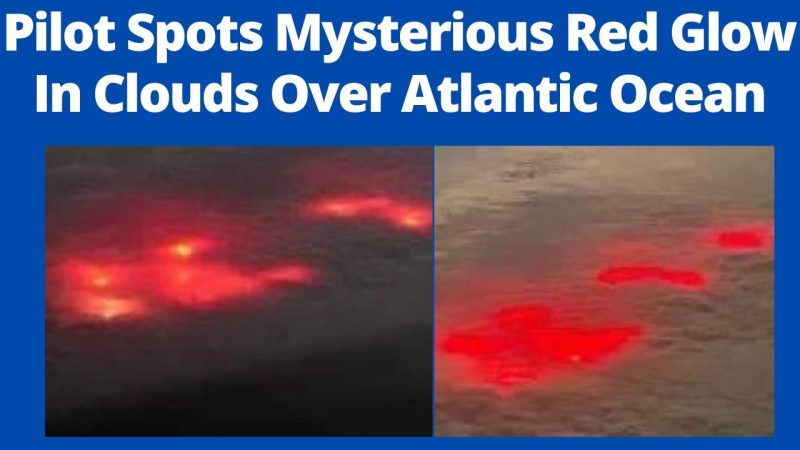An Australian dust storm that looks like a giant mug of beer.

Incredible images have emerged, showcasing a massive dust storm that has enveloped Australia. This awe-inspiring event comes in the wake of Australia’s unprecedented bushfire season, which garnered global attention and wreaked havoc on entire towns, posing a threat to millions of animals.

The intensity of the fires was partly fueled by prolonged periods of drought, and while substantial rainfall over the past three days has helped quell many of the blazes across the country, the drought has triggered other extreme weather phenomena throughout mainland Australia.

Since mid-January, a thick layer of dust has been accumulating across the interior of the continent, as documented by NASA’s MODIS satellites on January 11. NASA reports that dry weather conditions allowed winds to lift minuscule dust particles into the air. Professor Patrick De Deckker from the Australian National University noted that this was the most significant dust storm since 2009.

On January 19, a menacing cloud of dust descended upon New South Wales, reaching regional centers located 250 miles (400 kilometers) northwest of Sydney. Images and videos of the dust storm quickly circulated on social media, with users on Twitter in the affected regions capturing the immense scale of the encroaching brown cloud.
Grace Behsman, a resident driving into the town of Nyngan, just 100 miles northwest of Dubbo, was forced to pull over as the storm enveloped her car, plunging the day into darkness within seconds. The dust even reached Parkes, where the iconic radio telescope transmitted images of the first moon landing across the globe.

These extraordinary dust storms have been attributed to the exposure of soil due to the absence of vegetation, a consequence of the two-year-long drought. Stephen Cattle, a soil scientist at the University of Sydney, explains that while a single event may only remove a thin layer of surface soil, it can result in the loss of vital plant nutrients. Over time, this cumulative effect diminishes the land’s productivity.
Cattle further suggests that these large rolling storms are frequently observed following drought periods. With climate change altering temperatures and rainfall patterns in Australia, Cattle believes that it is highly probable that the country will witness more frequent dust storm activity in the future.

In a strange twist of events, just one day after the colossal dust storms swept through the outback, a completely different phenomenon unfolded in the Australian capital, Canberra. Golf-ball sized hail pelted trees at Parliament House, showcasing yet another extreme weather occurrence in the tumultuous year of 2020.
The series of extraordinary events in Australia serves as a stark reminder of the far-reaching impacts of climate change and highlights the urgent need for proactive measures to mitigate its effects.





